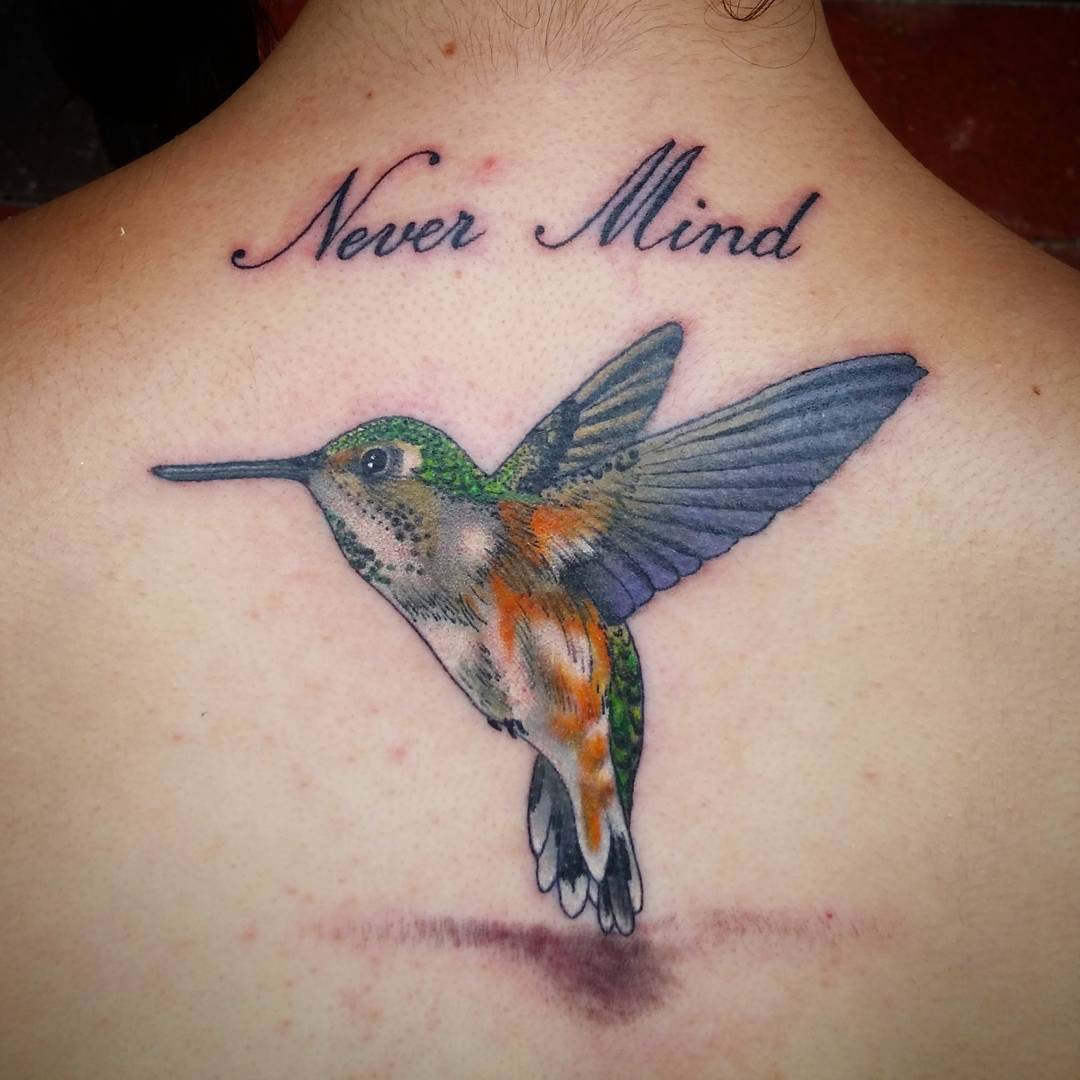

Hummingbirds have the ability to feed while hovering in the air, so technically they don’t even need a perch to stand on. If you are having some of the problems listed above, there are some things you can do to discourage other birds from using your hummingbird feeder.
HUMMINGBIRD NECTAR HOW TO
How to keep other birds away from your hummingbird feeder

Gila Woodpecker at a hummingbird feeder | image by Bettina Arrigoni via Flickr | CC BY 2.0 Is it bad if other birds drink from hummingbird feeders This can sometimes be problematic as woodpeckers that are particularly determined might damage the feeder ports or bee guards trying to get to the nectar. However I’ve seen reports that even the large Norther Flicker will take a sip if they are able to get solid footing. I’ve had Downy’s visit my hummingbird feeders almost every year. Smaller species, such as the Downy, are a common visitor. Woodpeckers are used to the sweet treat of tree sap, so it’s no surprise they would try their luck with the hummingbird feeder. I haven’t found any information that says a 1:4 ratio will harm the orioles, only that 1:6 is closer to the level of sugar in the fruits they would eat naturally, so it may be healthier for them in that way. This seems to be the standard across reputable sources I have seen. Instead of the 1:4 ratio of sugar to water that you use for hummingbirds, use a 1:6 ratio for orioles. You can make your own oriole nectar the same way you make hummingbird nectar, but make it slightly less concentrated. If you want to try and attract orioles to your yard, or give them something else to drink to keep them away from your hummingbird feeder, an oriole feeder is a good choice. Baltimore Oriole at a nectar feeder | image by M C Morgan via Flickr | CC BY-SA 2.0 It will usually also have larger perches, and may include a place to put fruit or jelly. An oriole feeder will also have larger feeding port holes to accommodate their larger beak size. Oriole feeders tend to have orange on them as the attracting color, rather than the red of hummingbird feeders. The general idea of the feeder is the same, with some slight tweaks designed for orioles larger bodies. In fact, you can purchase nectar feeders specifically made for orioles, like this nice one from Perky Pet.

So it’s no surprise they would be interested in nectar as well. Orioles are perhaps the most commonly seen birds at hummingbird feeders (well, other than the hummingbirds!) They love fruit, and often people attract them to their yard by putting out orange halves, grapes and jelly. Here a few of the North American birds that you might catch trying to take a sip from your hummingbird feeders: Orange-crowned warbler at a hummingbird feeder | image by Ingrid V Taylar via Flickr | CC BY 2.0 Certain berries and fruits also contain natural sugars enjoyed by birds.īecause of this, it is often birds that already incorporate tree sap and fruit in their diet that are drawn to hummingbird nectar. Tree sap is a source enjoyed by many birds (and us on our pancakes!). Flowers aren’t the only natural source of sugar. It provides quick calories and energy that help feed their high metabolism. Hummingbirds have evolved everything from their beak shape to hovering ability to take advantage of the high-energy nectar found deep inside flowers.īut other birds enjoy sugar too. Sugar isn’t the easiest high-energy treat to find in the wild. Birds that Drink Nectar From Hummingbird Feeders In this article we will find out what other types of birds you may see at your hummingbird feeders, and even what you can do to encourage other birds to drink from nectar feeders. Yes, there is actually a pretty wide variety of bird species that enjoy the sugary goodness of nectar. Are there other birds that drink nectar from hummingbird feeders? If you’re one of those people, you may wonder if hummingbirds are the only bird that likes to drink nectar. Many of us put out special nectar feeders each spring to try and attract hummingbirds to our yard.


 0 kommentar(er)
0 kommentar(er)
